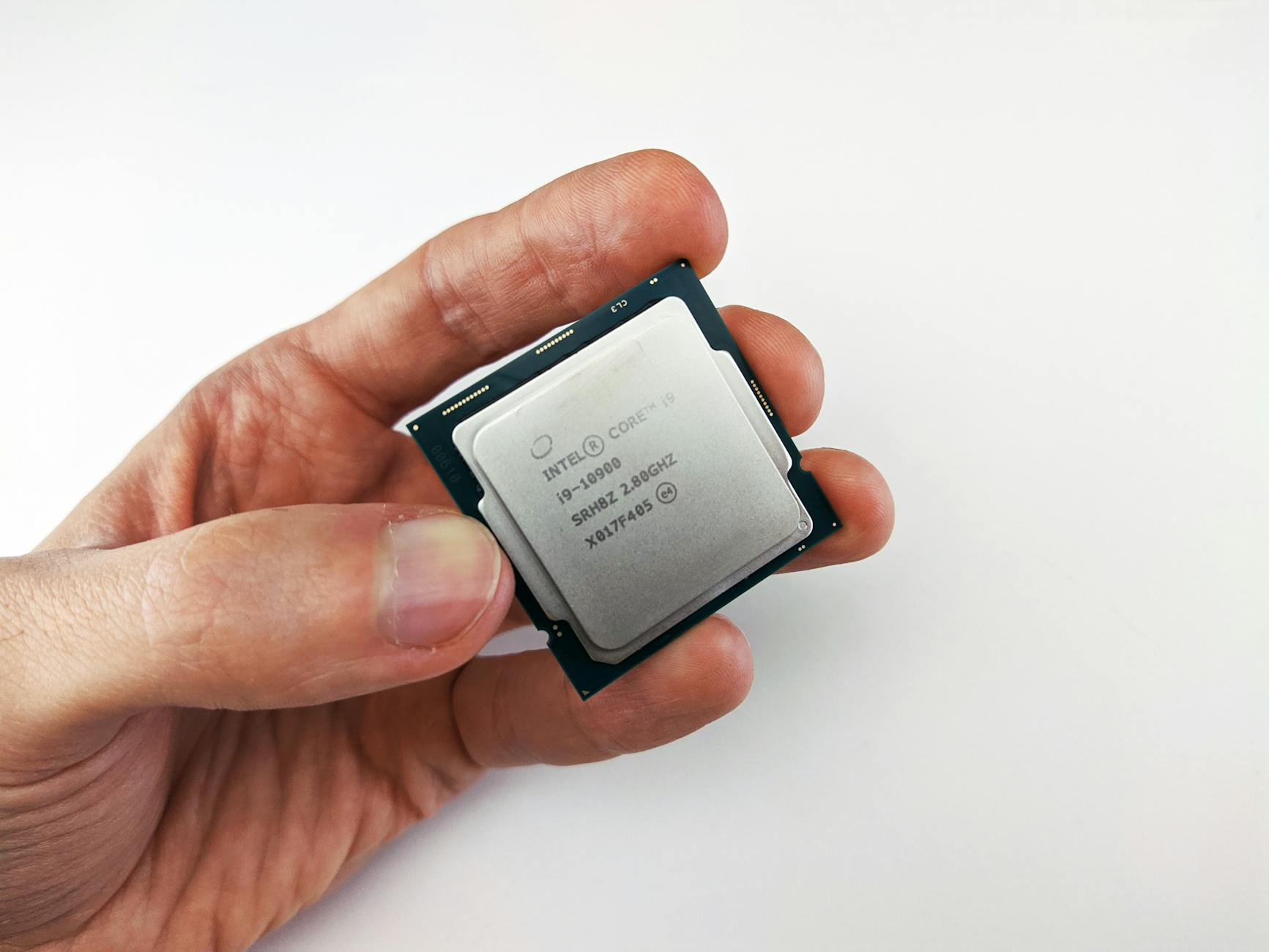Introduction
Have you ever felt the frustration of your digital audio workstation slowing down just when creativity strikes? This experience is all too common for music producers, and it often leads to stalled sessions and lost inspiration. Fear not! Overclocking your computer could be the key to unlocking new levels of performance for your VST plugins.
By pushing your hardware beyond its specified limits, you can potentially enhance your music production experience in ways you never thought possible. In this blog post, we delve into the world of overclocking, exploring its benefits, the relationship it shares with VST plugins, and how it can help you achieve that flawless sound you’ve been chasing.
Understanding Overclocking
Overclocking is often misunderstood, but it’s really just a tech-savvy way of squeezing extra juice from your hardware. At its core, this practice involves increasing the operating speed of your computer’s CPU or GPU beyond the manufacturer’s specifications. This might sound risky, but in the right hands, overclocking can transform a decent setup into a powerhouse.
What motivates this modification? The simple answer is performance. Many audio producers seek not only to improve their rendering times but also to ensure that their workflow remains seamless. Understanding the ins and outs of this powerful technique is essential before diving headfirst into the world of audio enhancement.
VST Plugins and Performance
VST plugins are the secret weapons for music producers, but they can also be resource-hungry. These virtual instruments and effects can quickly consume your CPU and RAM, leading to pops, clicks, and those dreaded audio dropouts during sessions. This is where understanding the relationship between your hardware and software becomes paramount.
As you load multiple plugins and track audio, the demand your computer faces intensifies. High latency and sluggish responses can interrupt your creative flow. However, knowing how to optimize your setup can result in a more responsive and stable audio production environment, ensuring that inspiration can flow unencumbered.
How Overclocking Works
So, how exactly does overclocking provide a boost to your VST plugin performance? By raising the clock speed of your CPU, you increase the number of cycles per second it can perform, allowing for faster calculations and processing power. This not only reduces latency but also allows for more plugins to be used simultaneously without introducing glitches.
Furthermore, overclocking can free up additional resources that your plugins need to function smoothly. While it requires careful tuning, the potential benefits far exceed the risks associated with pushing hardware beyond its limits. This is the beauty of overclocking— it’s a gateway to a heightened sonic experience.
Boosting VST Performance
When your system operates at a higher clock speed, the positive effects on VST performance can be profound. Imagine being able to use complex synths or intensive effects plugins without worrying about your computer lagging behind. Overclocking creates an environment where creativity can thrive, sparking new ideas and enhancing workflow.
In practical terms, you will notice improvements in rendering time, reduced MIDI latency, and an overall more fluid interaction with your DAW. Furthermore, if you frequently collaborate or share projects, a faster system means less downtime when loading complex sessions. This leap in performance truly revolutionizes the music production landscape, allowing you to focus on what matters most—your art.
Considerations
However, overclocking isn’t without its challenges. Increased performance often leads to higher temperatures, which can potentially harm your hardware if not managed properly. Investing in better cooling solutions is vital because maintaining an optimal temperature ensures your system runs efficiently without premature wear and tear.
Additionally, not all components are created equal; understanding your motherboard, RAM, and power supply’s capabilities is crucial. It’s wise to approach overclocking with caution—do your research, and consider starting with minor adjustments to gauge your system’s response. This thoughtful approach helps you reap the rewards of improved performance without risking hardware failure.
Rewriting the Rules of Audio Production
By embracing overclocking, you position yourself to rewrite the rules of audio production. As conventional boundaries shift, this practice beckons producers to elevate their projects, pushing sonic possibilities way beyond previous limitations. The ever-evolving world of music production thrives on innovation, and overclocking can empower individuals to explore uncharted territories in creativity.
This paradigm shift encourages artists to rethink the constraints they’ve set for themselves. In an industry that demands both speed and artistry, overclocking stands as a beacon of potential, inviting you to challenge the norms and produce without boundaries.
FAQ
Can overclocking cause hardware damage?
While there is a risk of damaging hardware, careful tuning and proper cooling solutions can help maintain system longevity. Always monitor temperatures and avoid pushing components too far.
Will overclocking void my warranty?
In many cases, overclocking can void the warranty. Be sure to check with the manufacturer before making any adjustments to your system.
How does overclocking differ from upgrading hardware?
Overclocking enhances existing hardware’s performance without requiring new components, while upgrading involves purchasing and installing new parts to improve capabilities.
Final Thoughts
Ultimately, the potential for overclocking to elevate your VST plugin performance is too significant to overlook. It’s not about taking reckless risks but rather about harnessing the power of technology to fuel your passion for music production. With the right understanding and careful application, overclocking can unravel new dimensions of creativity and efficiency that will transform not only your workflow but also your sound. Embrace this powerful technique and witness how it propels your music endeavors beyond the ordinary.
Image Credit: Pexels
